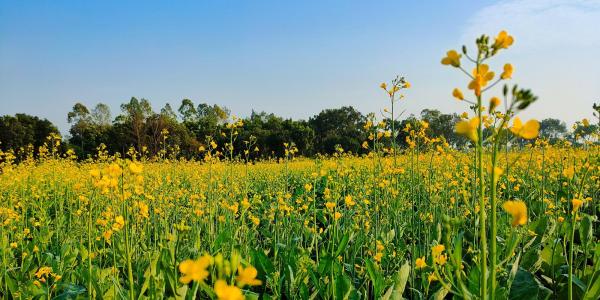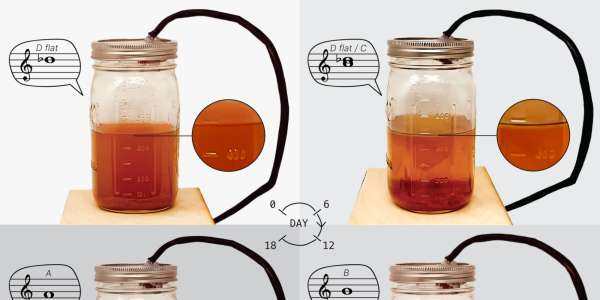
As human population in the high-hazard ‘red zone’ skyrockets, researchers strive to understand when these homeowners perceive wildfire risk and act to mitigate it.
The fight against fires begins before the first spark—when homeowners in the wildland-urban interface choose whether to remove trees and bushes near their homes. What causes landowners to perceive risk and, further, to try to reduce the risk is not fully understood.
But Hannah Brenkert-Smith, a research associate at the University of Colorado Boulder’s Institute of Behavioral Science, is working to change that. She and her colleagues are studying the beliefs and behavior of homeowners in the forested “red zone”—the so-called wildland-urban interface where wildfires can destroy homes and other private property.
Understanding when and why mountain residents work to make their homes “firewise” is increasingly important. A Colorado State University study predicts that the number of homes in the red zone will increase from 300,000 in 2000 to 720,000 by 2030. Also during that time, the number of acres in the red zone is projected to rise from 715,000 to 2.6 million.
Brenkert-Smith is collaborating with Nicholas Flores, CU-Boulder professor and chair of economics; and Patricia A. Champ, an economist with the U.S. Forest Service’s Rocky Mountain Research Station in Fort Collins.
Some things are becoming clear. The team has found that while there is a wide variety of information about wildfire available, information shared by experts and non-experts correlate with higher perceived risk. Residents whose neighbors’ vegetation looks dense perceive themselves to be at higher risk.
Importantly, WUI homeowners are not a cohesive group that can be expected to make the same kinds of decisions. For example, older-residents and women are more likely than others to undertake fire-mitigation work on their property.
As a doctoral student at CU-Boulder in 2003, Brenkert-Smith began interviewing and surveying red-zone residents after the devastating fire season of 2002.
In the decade since, researchers have focused more attention on wildfire’s social-science component, which has not been studied as extensively as that of natural hazards like earthquakes and floods. Prior to the early 2000s, the population at risk of major wildfire losses simply wasn’t as extensive as it is now.
Read the whole story at Colorado Arts & Sciences Magazine >>



